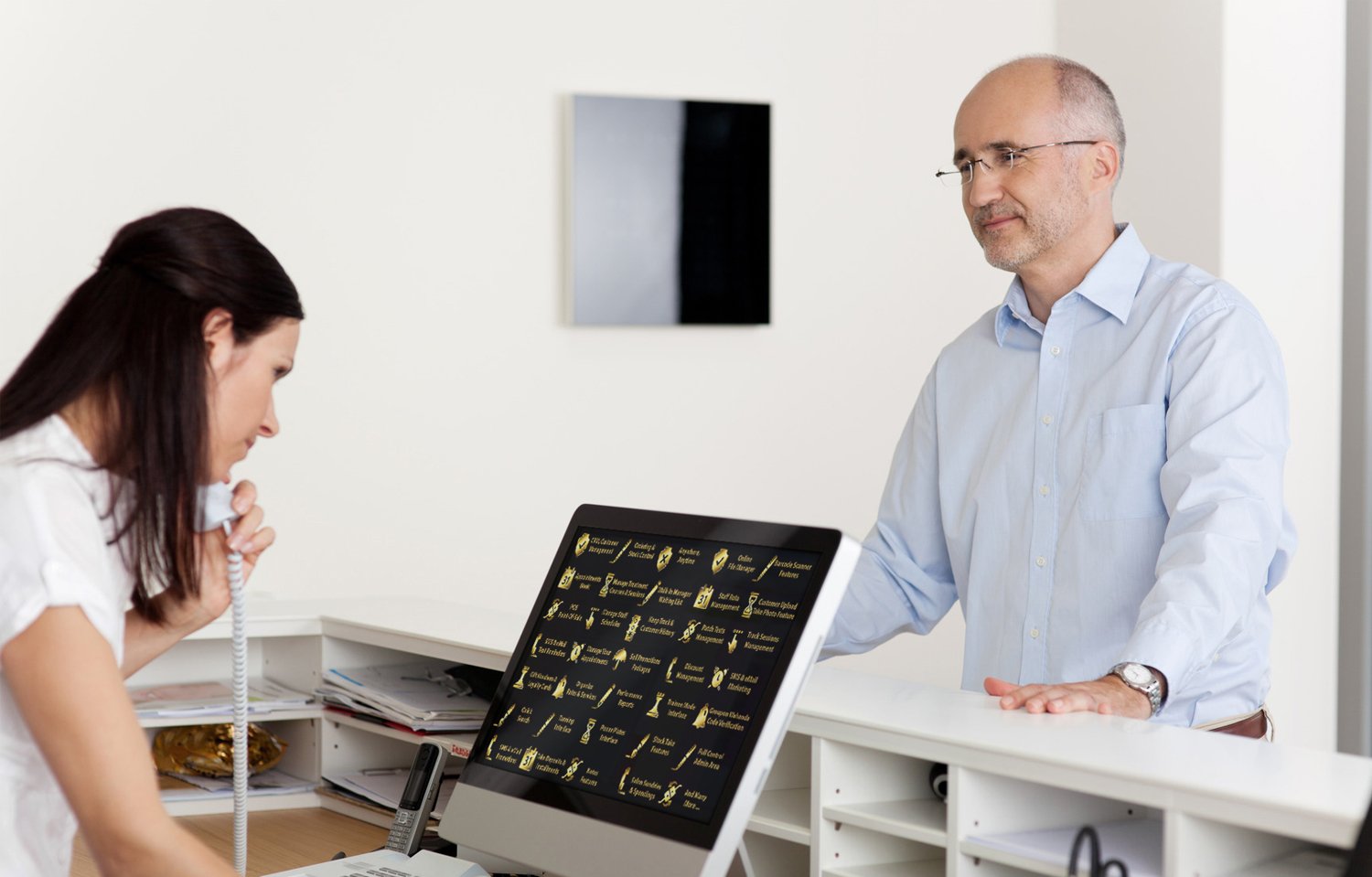Pediatric Advanced Life Support (PALS) teaches healthcare providers all the skills to use to help children in emergencies. But what about the tiniest patients – newborn babies? Keep reading to know how PALS training can be adapted for neonates (newborns up to 28 days old) and why it’s so important to tailor these life-saving techniques for our smallest patients.
What Is PALS?
PALS stands for Pediatric Advanced Life Support. It’s a set of guidelines and skills used to help children who are very sick or injured. Here’s the rewritten version as bullet points:
PALS training includes things like:
- Checking if a child is breathing
- Checking if a child has a heartbeat
- Doing chest compressions
- Giving rescue breaths
- Using special medicines to help the child
- Using machines to shock the heart if needed PALS is designed for children of all ages, from infants to teenagers. However newborn babies have some special needs that require a different approach.
Why Do Neonates Need Special Care?
Newborn babies are not just small versions of older children. They have unique features that affect how to care for them in emergencies. Their bodies are still adjusting to life outside the womb, and their lungs are just learning how to breathe air. Their hearts are different from older children’s hearts, and they lose heat very quickly. Their immune systems are still developing too. Because of these differences, there is a need to adapt PALS techniques to fit the needs of neonates. This helps ensure that these tiny patients get the best possible care in an emergency.
What Are The Differences in Neonatal Resuscitation?
When it comes to helping neonates in emergencies, there are some important differences from standard PALS. For breathing support, neonates often need help with breathing more than with their heart. You need to use gentler breaths and special devices made for tiny lungs. The rate of breathing support is faster for neonates too. For chest compressions, you must use different hand positions on neonates. The depth and rate of compressions are adjusted for their small size.
The types and doses of medicines used are different for neonates. You need to give medicines through the umbilical cord instead of through a vein. Keeping the baby warm is important when resuscitating a neonate. Use special warming devices and techniques to make sure the baby doesn’t get too cold.
What Are The ABCs of Neonatal Resuscitation?
In PALS, it is common to talk about the ABCs – Airway, Breathing, and Circulation. For neonates, a few more steps are added. Start with the Airway, making sure it’s clear and open. Then move to Breathing, helping the baby breathe if needed. Next is Circulation, where the heart rate is checked and corrected. Medical professionals also consider Drugs or medicines if required. Throughout the process, the focus is on Evaluation, keeping a close eye on how the baby is doing. Finally, the family is included in the care process.
For the airway, gently position the baby’s head and clear the mouth and nose if needed. Use a small suction device to remove any fluids if required. For breathing, dry the baby and stimulate breathing. Give oxygen if the baby is having trouble breathing, using special breathing bags and masks made for newborns. To check circulation, feel the umbilical cord or listen to the chest. If the heart rate is too low, start chest compressions.
If drugs are needed, give medicines through the umbilical cord, using special doses calculated for the baby’s weight. Keep evaluating the baby’s color, breathing, and heart rate, adjusting our care based on how the baby responds. Throughout all of this, keep the family informed about what’s happening and let them be close to the baby if possible.
What Are Some Special Equipment for Neonatal Resuscitation?
When caring for neonates, special tools and equipment may be used. These include tiny breathing masks and bags, special warming devices to keep babies warm, umbilical cord catheters for giving medicines, very small tubes to help with breathing, and special stethoscopes for listening to tiny hearts. This equipment is designed to be gentle and effective for the smallest patients. Having the right tools is a big part of providing good care to neonates.
How Are Training and Teamwork Important in Neonatal Care?
Neonatal emergencies can happen very quickly, so every team member needs to know their role. Communication is key to providing the best care, and regular practice helps teams work smoothly together. Many hospitals have special teams just for neonatal emergencies. These teams practice together often to make sure they’re ready when a baby needs help.
Conclusion
Adapting PALS training for neonates is crucial for providing the best care to our tiniest patients. By understanding the unique needs of newborns, using special techniques and equipment, and working as a team, it is possible to give these babies the best chance at a healthy start to life.






